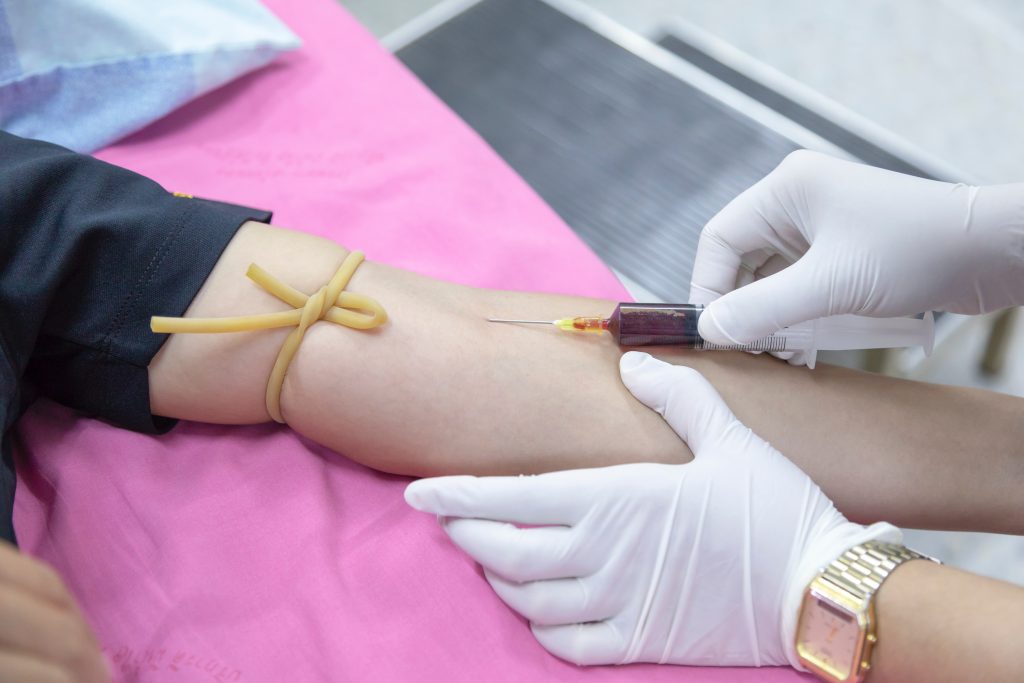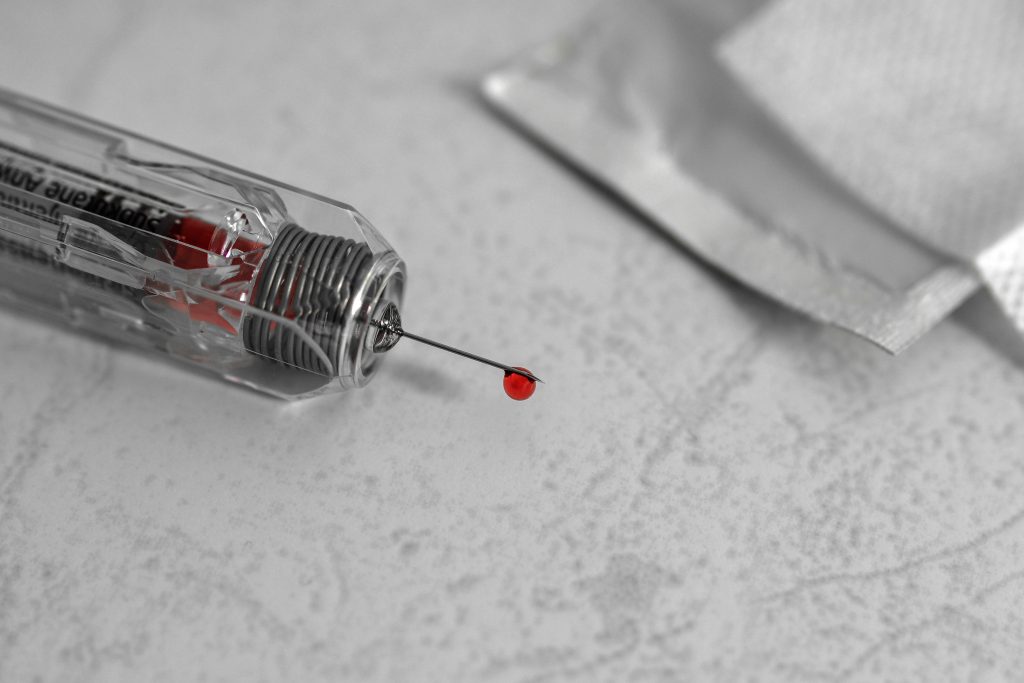The profession of a phlebotomist can be rewarding and fulfilling.
On a daily basis, a phlebotomist can meet new people of any age.
In this article, you will find information about the job of a phlebotomist, responsibilities, education, skills, etc.
In simple terms, a phlebotomist takes blood and other samples from patients.
They should do a proper identification of patients, label vials with information of the patients properly, and pass the samples to the lab for testing.
Article Table of Contents
What Does a Phlebotomist Do?
Besides collecting blood and other samples, phlebotomists also study them and report to the doctors.
Phlebotomists count cells and determine blood types and record the data to medical reports.
Phlebotomists make $30,617 annually on average.
They can work in various settings: clinics, hospitals, labs, or doctor’s offices.
Their salary will depend on the workplace.
Work Responsibilities of a Phlebotomist
- Take blood from patients as well as other samples.
- Properly label vials with patient’s information.
- Determine the best approach to take blood from patients.
- Follow proper procedures to prevent infection while drawing blood and transporting it to the lab.
- Deal with patients who may not take the procedure well.
Essential Skills
Physical strength:
Phlebotomists can work long hours on their feet.
They should expect to walk and stand a lot for long hours.
Technical skills:
Phlebotomists should be able to use the machinery required for testing of collected samples.
Compassion:
Phlebotomists can face patients with a phobia of needles or those who lived through an accident or are in pain.
They should be meticulous when they deal with patients who are not handling the procedure well.
Dexterity:
Since phlebotomist work with needles to take blood, they need to have a steady hand.
Detail-oriented:
Professionals must be attentive to identify patients correctly and precisely fulfill the doctor’s orders.
They should be efficient and organized.
How to Become a Phlebotomist
Phlebotomists may have a bachelor’s degree in medical technology or enroll in a non-degree phlebotomy training.
Such courses are held at vocational or technical schools or community colleges.
Keep reading how to become a phlebotomist…
Training and Qualifications
A certification program for phlebotomists lasts less than a year upon completion of which the graduates will receive a certificate.
On-the-job training is also an option if the applicants have a high school diploma or GED.
Phlebotomists can obtain a certificate through one of the four major organizations:
- The National Center for Competency Testing.
- The American Society for Clinical Pathology.
- The National Healthcare Association.
- The American Medical Technologists.
To obtain certification, applicants must pass a written exam and demonstrate the ability to take blood successfully.
Certification for a phlebotomist isn’t required everywhere, but most labs, hospitals, etc., prefer to hire certified professionals.
At the same time, in California, Washington, Nevada, and Louisiana, all phlebotomists must be certified.
Working Experience
Every facility employing a phlebotomist requires at least one year of experience.
Newly certified or graduated phlebotomist students can gain experience through volunteer programs and get a full-time position afterward.
There is a Blood Drive Volunteer program available from the Red Cross.
They also hold a hospital volunteer program for aspiring phlebotomists.
Another volunteer program is available through the Veteran’s Administration.
Work Hours
Phlebotomists working in a doctor’s office or a clinic usually work regular daytime hours according to the hours of the office or building.
However, those working in a lab or a hospital can be assigned to any schedule even on the weekends or holidays, or night shifts.
Hospitals may also require overtime, especially in the holiday seasons.
Career Outlook and Prospects
Phlebotomy is a developing area.
The employment rate should increase by 25% by 2024, according to the US Bureau of Labor Statistics.
Blood analysis is always needed at the hospitals, labs, and clinics, so phlebotomists will remain in high demand.
The job opportunities for phlebotomists are steady and growing due to the health insurance reform and the requirement for all citizens to obtain health insurance.
The sought-after phlebotomists are expected to be certified by the NCCT, NHA, AMT, or ASCP.
The salary of a phlebotomist ranges from $19,995 at the lowest to $43,868 at the highest end.
While there’s not much room for career growth in the area, phlebotomy can be a step into getting other jobs in medicine.
Phlebotomists can develop their knowledge to become nurses or even doctors.
One of the common professions to take for them is a medical assistant.
Medical assistants with skills to take blood and conduct testing on the samples are in demand.
Others can become pharmaceutical reps or sales experts for medical-related companies.
Conclusion
A phlebotomist’s work can be rewarding and satisfying.
They should have compassion and be highly-skilled to take a patient’s blood and test the samples.
The salary of a phlebotomist is decent and depends on the workplace and experience.
The training takes less than a year.
With their certifications and education, phlebotomists can take other positions in the medical and healthcare fields.


Looking for a school the dose hands on
Training in Maine or new Hampshire